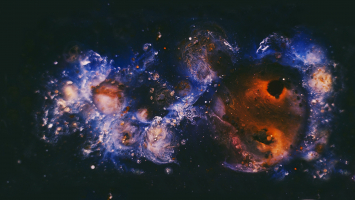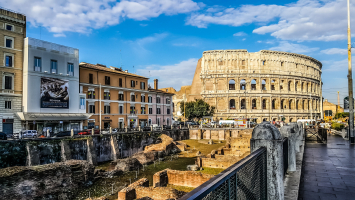Top 10 Fascinating Facts about Terraforming
Terraforming is the process of altering an alien world's surface topography, ecosystem, and environment to make it suitable for life as we know it. Imagine ... read more...buying a dilapidated property with holes in the floorboards and no insulation, then renovating it so you can live there. Nevertheless, in a totally different world, you know. Terraforming has long been a theme in science fiction. Yet people have been coming up with ways to make it a reality because it involves as much science as fiction.
-
Although there are a few contenders for terraforming in our solar system, that is by no means the only option. After all, the universe is very big. According to some estimations, our galaxy alone has six billion Earth-like planets. That could be more than 19 sextillion in the cosmos. That is 19 with 21 zeros after it; such an absurdly large number that it might as well be a million.
We have only discovered little more than 4,000 of those essentially infinite worlds. They are known as exoplanets, and they can be found anywhere outside of our solar system. Currently, there are about 58 of them on the list of planets that may support life. This indicates that they are around the proper size and distance from the sun. Even if it's feasible that each and every one of them would be a lifeless wasteland, for the time being, they appear to be viable options.

http://www.fanpop.com 
https://wallpaperaccess.com/ -
DARPA, the company most known for creating America's most lethal and occasionally odd weapons, isn't simply interested in guns and armored vehicles. The Defense Advanced Research Projects Agency is also experimenting with bioengineering and synthetic life. They also believe there is a chance to create microbes that have been bioengineered and could terraform Mars into a planet similar to Earth.
DARPA wants to pick and select the genetic features from any life on Earth that they believe are best suited to their aim using technology that seems like it belongs in a horror film. In order to breathe life into a barren landscape, they combine those genes to create microbes that can be released onto the Martian surface. The same technology might be applied to Earth to reverse pollution-related environmental harm and even reclaim deserts.
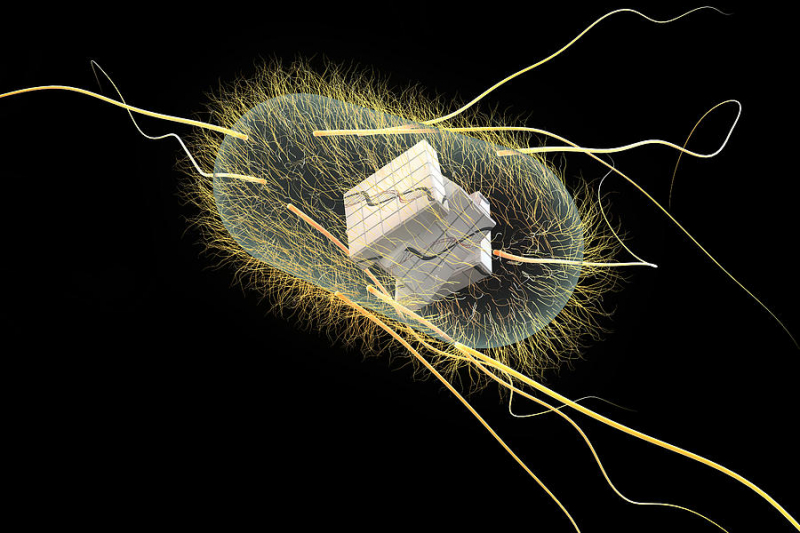
https://fineartamerica.com/ 
https://www.pinterest.com/ -
Years of labor have gone into terraforming Earth. We cut down trees, mine mountains, and construct industries. Even while such facilities were bad for the environment, they also taught us a lot about how different chemicals impact the atmosphere.
We can use what we already know about how factories work to help with terraforming. Martian colonists may develop factories to prepare the materials and resources needed to actually construct an infrastructure while also making use of the byproducts of processing those commodities.
It would require a similar effort to that made on Earth to adjust the Martian atmosphere since greenhouse gases are required in large quantities. The air would need to be pumped with CFCs and other substances that we have essentially forbidden on Earth in addition to CO2. The only ethical concerns left are those related to altering the entire globe to suit your desires.

https://www.wbcsd.org/ 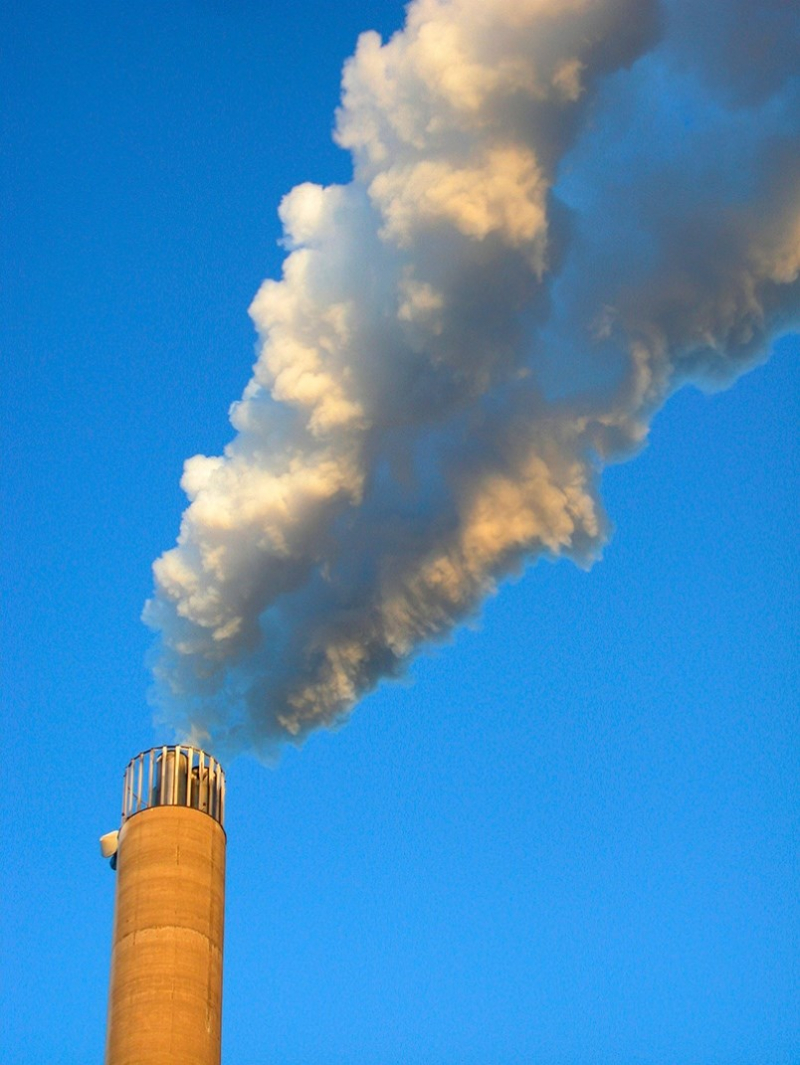
https://www.tricitynews.com/ -
With time, the notion of small-scale terraforming—where we terraform only the area we now require—has gained popularity. Maintaining it poses fresh difficulties but also perhaps simpler answers. Massive orbital or sub-orbital mirrors are one suggested method for terraforming a region of Mars. These mirrors could be mounted on balloons to focus solar beams on the surface. That would raise the temperature and give colonists below solar power.
On a 1 km2 area of Martian terrain, 300 reflective balloons may be concentrated, raising the temperature by about 20 C. Any ice would convert into water, making it possible for scientists to work there without difficulty.
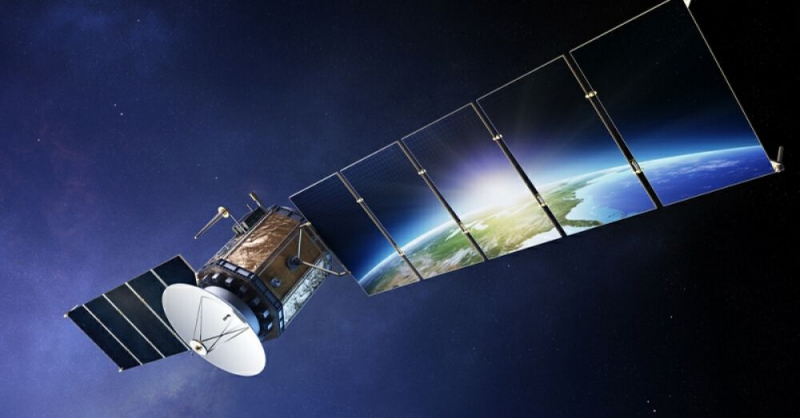
https://www.youthkiawaaz.com/ 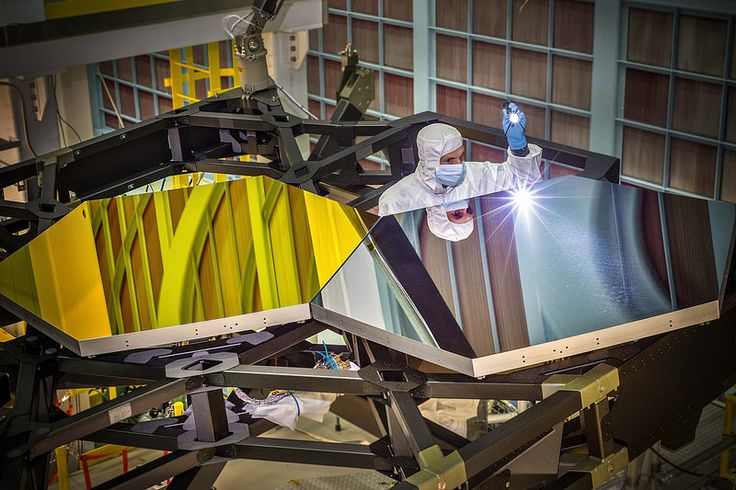
https://www.foxnews.com/ -
Knowing you want to terraform a world is one thing; really knowing how to achieve it is quite another. There must be some quick cuts if the goal is to completely alter a planet's ecosystem. Asteroids are another significant one that have already altered the Earth numerous times in the past.
An entire planet's trajectory can be substantially changed by an asteroid collision if it is large enough. Recall that most scientists thought that this marked the end of the dinosaur era. However, if we were to command an asteroid to strike a planet like Mars, it might release components that have been held deep beneath the Martian surface, change the climate, and bring helpful elements.
One idea called for launching an asteroid into the globe using satellites. While it wouldn't terraform the entire planet, it might create a region that is habitable. The impact would produce a lake of surface water and heat the rock, creating a habitat that could support human life for thousands of years.
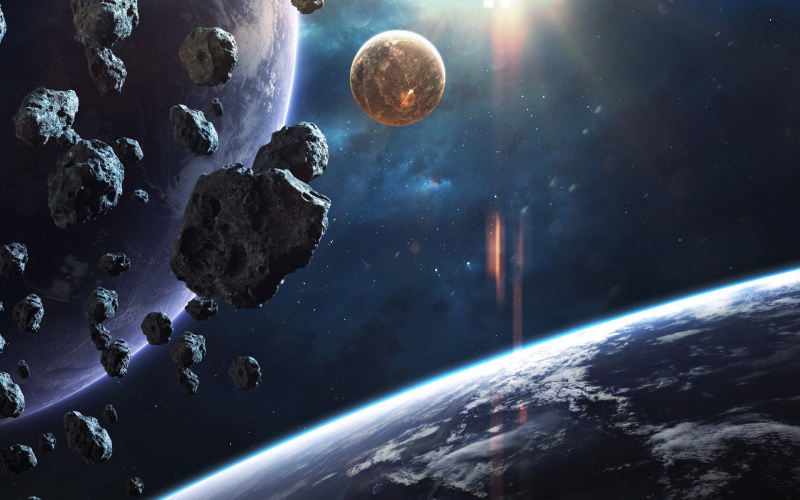
https://wallpaperaccess.com/ 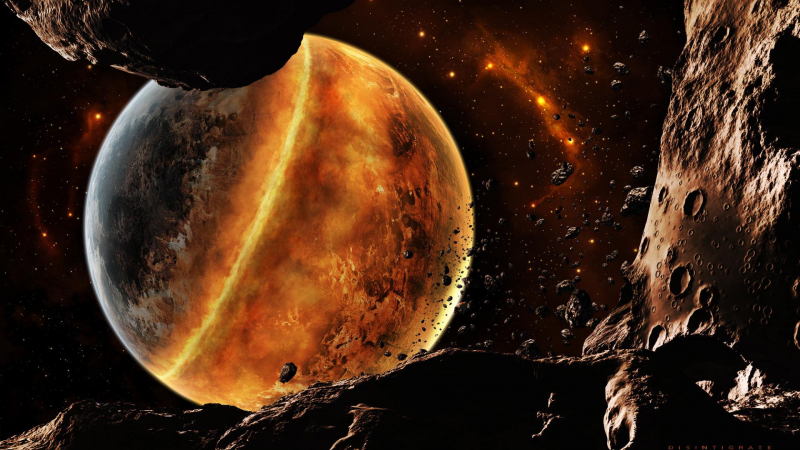
https://wallpapersafari.com/ -
Usually, the moon and Mars are the only planets that come to mind when discussing terraforming. Mars is about as Earth-like as the solar system will allow, and the moon is nearby. However, they have cast their net a little further and identified a few candidates, all of which are in our small region of the galaxy.
Of course, Mars is everyone's first preference, but Venus is also a possibility. It initially seems like a bad decision. The temperature is above 800°F, and the atmosphere is 90 times more dense than on Earth.
The planet does, however, have a lot of magnesium and calcium, which, if exposed to CO2 during a terraforming endeavor, may store it. The mood might be changed to a liveable level by adding a few extra components.
Callisto, a moon of Jupiter, has also been proposed as a location for terraforming. The atmosphere could then be made habitable by Jupiter's radiation once the icy surface has been warmed. If you add some bacteria, the environment will be suitable for human existence.
Also suggested as a potential moon for terraforming is Titan. The moon has a plethora of resources that leave the Earth in the dust, therefore it would be a job and a half. Titan is thought to have hundreds of times more hydrocarbon reserves than Earth.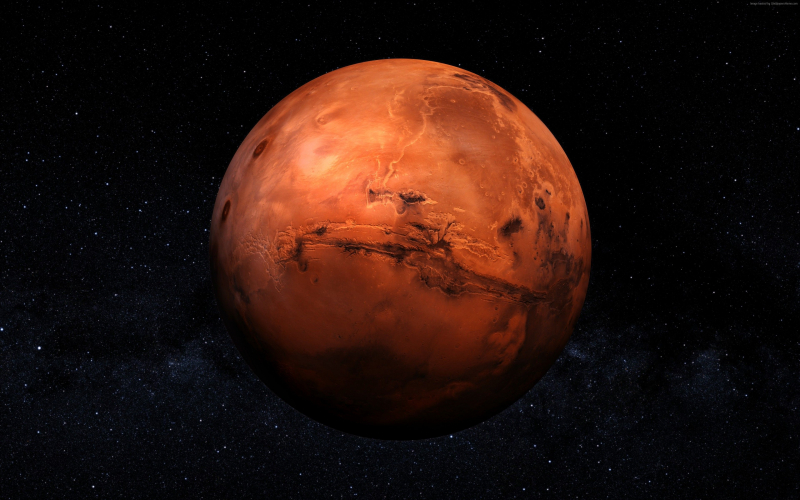
https://wallpapercave.com/ 
https://wallpapercave.com/ -
Some individuals might believe that, at least initially, Mars is too ambitious a goal for our terraforming endeavor. Why not terraform the moon instead of aiming farther away? We are familiar with the area, it's close by, and it will take far less time, money, and effort.
The moon's size, lack of a magnetic field, and atmosphere are all problems. The moon is like toilet paper if you think of terraforming as painting and the planet as the canvas. There isn't enough foundation to support anything.
It has been suggested that you could raise the moon high enough for an atmosphere to form. To make it work, you might need to collide a few dozen comets with it. That might enable the necessary games to be released while simultaneously increasing the moon's mass. However, the atmosphere would also go away. It would last for one or two human lifespans, but after that, it would gradually disappear, necessitating the repetition of the operation.

https://www.pinterest.com/ 
https://www.pinterest.com -
Terraforming seems like a huge undertaking. And that entails a hefty price. According to some estimates, the project would take around a century and cost $2 to $3 trillion. A plan to terraform Mars would be the equivalent of the tenth-largest country on Earth in terms of GDP if it were implemented and $3 trillion were devoted to it. Few people have $3 trillion available to them.
Despite the high cost, it might also be a wiser financial decision than attempting to solve the issues on Earth. Between 2015 and 2035, it is projected that the world will invest around $40 trillion in the fight against climate change. Now, that $3 trillion seems like a really good choice.
If we are successful in stopping climate change, it may take Earth a full century to recover. Initial terraforming could take 100 years, and getting Mars to a habitable state could take another 300–600 years.
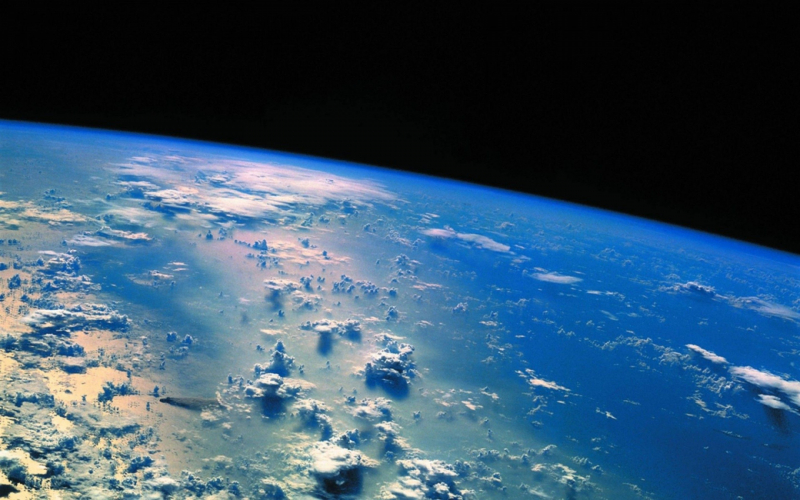
https://wallpaperaccess.com/ 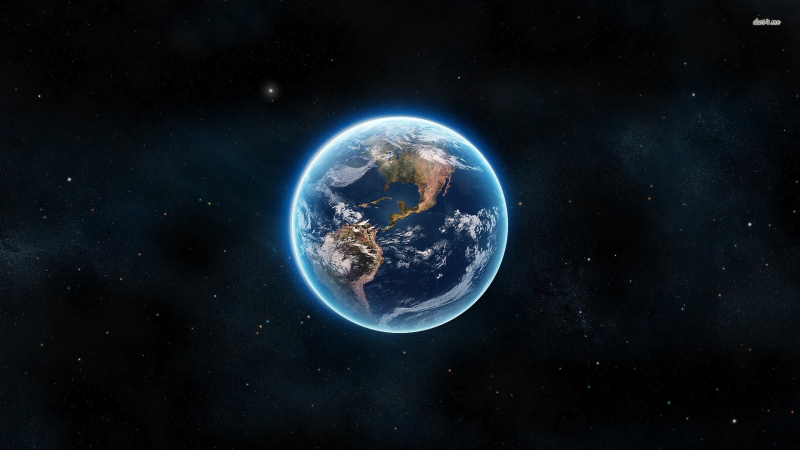
http://www.technocrazed.com/ -
It's not as straightforward as having Matt Damon plant some potatoes and hoping for the best to terraform Mars. According to a common notion, all we have to do is melt the Martian ice, release CO2, and then watch as it gradually becomes subtropical.
Even if it makes sense on paper, there are certain problems with the practical use, according to NASA. For instance, there isn't enough CO2 trapped on Mars to accomplish that. Right present, Mars' atmosphere is too thin to be useful. It would be useless to even release water because it would either freeze or evaporate. The air must have density. Currently, the atmospheric pressure on Mars is less than 1% of that on Earth.
Liquid water requires pressure similar to that on Earth, which is impossible to achieve given the gases presently present on Mars. If we want to bring it up to par, we'd need to erect some plants straight out of the Industrial Revolution that would spew pollution into the atmosphere. If it doesn't work, we'll have to delve very far beneath the Martian surface to find what we need. NASA calculated that it would take roughly 10 million years to make Mars habitable and Earth-like at our current technological level.
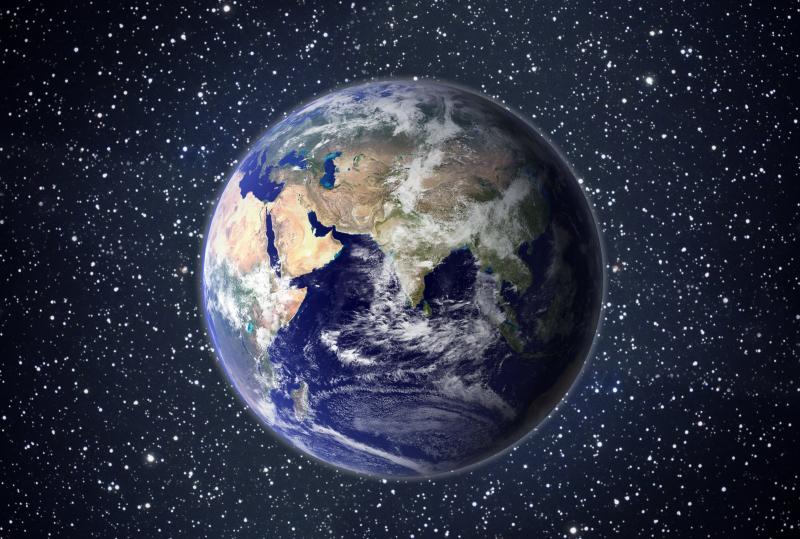
https://creativemarket.com 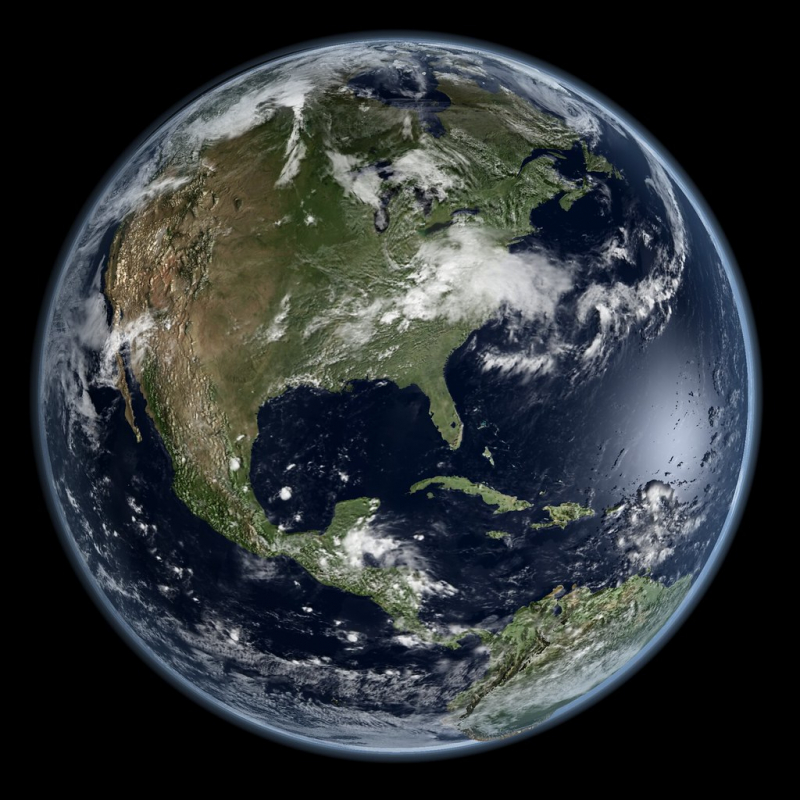
https://news.nationalgeographic.com/ -
The best evidence we have that terraforming will succeed if you judge it by its definition, which includes changing the ecology, atmosphere, and terrain, is the fact that it has already succeeded. Despite the fact that life first appeared on Earth and that is how humans evolved, we have still dramatically altered the planet's environment.
Humankind has continuously changed the landscape throughout history. Today's islands are only there because humanity created them in the oceans. We remove hills and mountains or construct new ones as we see fit. From space, you can view the city and road system. Lakes and rivers are redirected by dams. It takes place everywhere.
There is sufficient data to demonstrate how pollution has contributed to the major change in climate that has resulted from human involvement. There is a lot of information that suggests that climate change is real and that civilization has worsened its impacts, but people still wish to dispute this. Not to mention the gap in the ozone layer that we created a few years ago.
Therefore, if the concept of terraforming seems too science fiction, keep in mind that we have already done it here without even intending to do so. It must be simpler on another planet if we put in the effort, don't you think?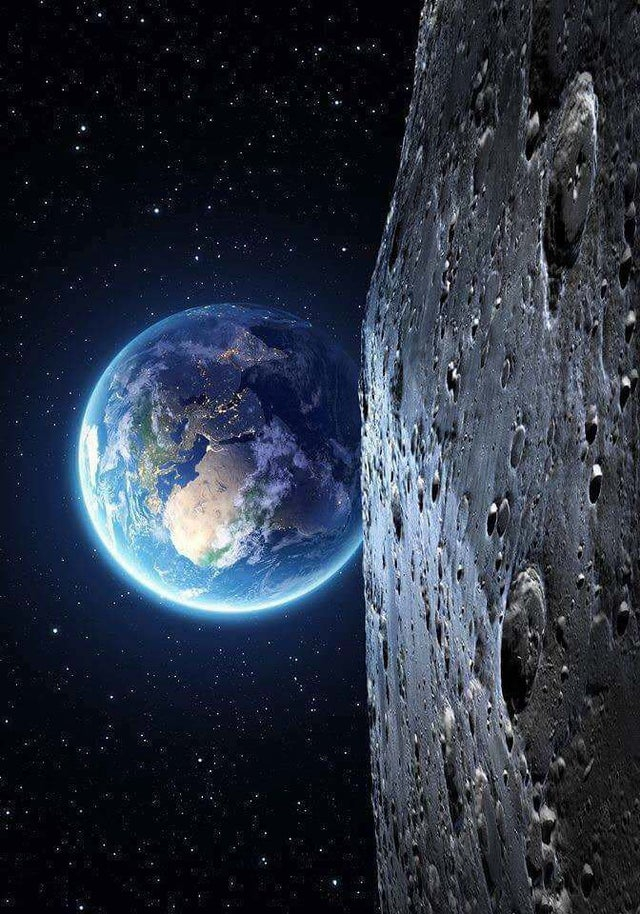
https://lunaf.com/ 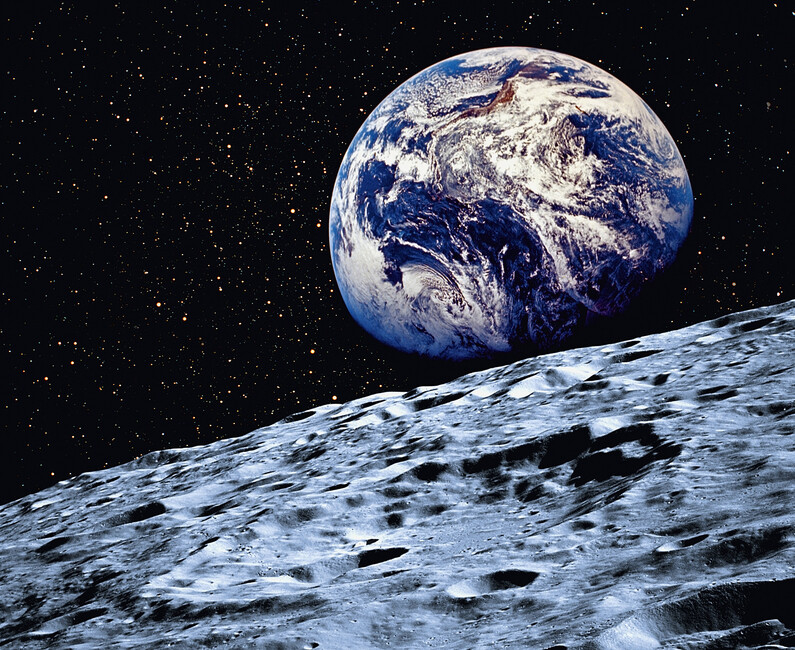
https://www.photowall.co.uk/





















